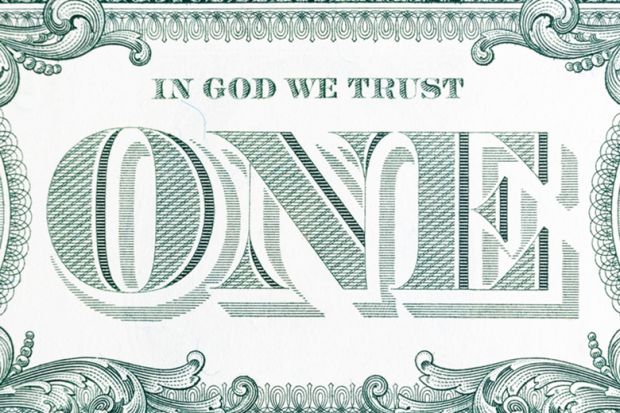High expectations are raised when two Harvard academics publish a book that sums up 16 years of research. The Wealth of Religions consists of eight chapters (all previously published) that implicitly fall into two parts dealing with very different questions. The last four chapters, where the theoretical inspiration comes from Adam Smith, consider the economics of religion, addressing topics such as the determinants of state religion and applying the model of the club to radical groups.
In the first half of the book, however, the authors take Max Weber’s studies of religion and capitalism as their starting point. A key assumption is that religious beliefs foster traits such as thrift and honesty and that differences in religious beliefs across countries can explain variations in economic growth. Weber formulated his thesis about the connection between Protestant Christianity and the origins of modern capitalism in 1904-5 and during the two first decades of the 20th century he wrote detailed works on the world religions to understand why Indians, Chinese and Jews had (allegedly) not developed traits such as rationality and honesty in ways that could produce a system of capitalism in the modern sense. He planned to write about Islam, but he died before he could complete this part of his project.
Weber’s investigation of the economic effects of world religions was terribly ill-advised. The concept of world religions was invented in the middle of the 19th century and introduced to a general public in the same period. This has been amply documented. For example, Rachel McCleary and Robert Barro’s former colleague Wilfred Cantwell Smith – perhaps the most important scholar of religion to have worked at Harvard – ripped apart the concept of world religions in his classic book The Meaning and End of Religion (1962). Cantwell Smith is not mentioned by McCleary and Barro and neither are relevant works by other scholars such as Tomoko Masuzawa.
A book that takes Weber’s questions as its point of departure runs the risk of repeating the mistakes made a century ago. This is most clearly seen in chapter 4, where the authors explore the economic effects of belief and participation in non-Christian religions. Based on a very limited selection of secondary literature, the authors repeat the now familiar clichés about Islam promoting intellectual rigidity, resulting in economic stagnation. The authors also offer thoughts on Hinduism, Buddhism and Judaism based on vague abstractions that have little to do with the lived realities of actual people. To be clear: the concept of world religions does not capture anything meaningful because the variation in the actual manifestations of religions does not warrant lumping them into simple categories.
This certainly does not mean that religion and economic behaviour cannot be a fruitful field of research. For instance, Leo Paul Dana asks questions that are similar to the ones investigated by McCleary and Barro, but he uses an ethnographic approach emphasising the ways in which people make sense of questions of religion, work, trade and entrepreneurship in actual social contexts. Weber will continue to inspire research about religion and economic behaviour, but it is high time we had a serious discussion across disciplinary boundaries to exorcise some of the basic conceptual flaws in his research programme so that we can ask better questions than he did.
Torkel Brekke is professor of cultural and religious diversity at Oslo Metropolitan University.
The Wealth of Religions: The Political Economy of Being and Belonging
By Rachel M. McCleary and Robert J. Barro
Princeton University Press
224pp, £24.00
ISBN 9780691178950
Published 28 May 2019
后记
Print headline: An old concept lacking meaning




